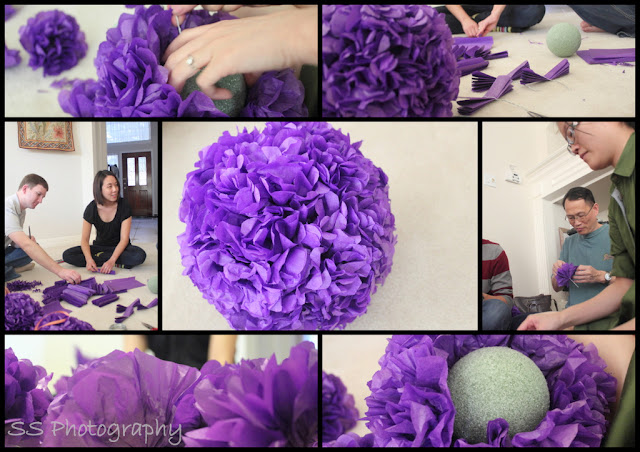Orange Marmalade
marmalade [MAHR-muh-layd] A preserve containing pieces of fruit rind, especially citrus fruit. The original marmalades were made form quince - the Portugese word marmelada means "quince jam." Quince has an astringently tart flavor and high pectin content. Now, Seville oranges are the most popular fruit for making marmalades. Food Lover's Companion 4th Edition.
Growing up I was not a fan of orange marmalade. It lured you in with the fresh citrus smell and the sweetness of the first bite, then it got you at the end with a bitter aftertaste! What a tricky condiment. Several years later, I have grown to enjoy the balanced complexity of this bittersweet preserve. This is my first attempt at making at making orange marmalade. I read a dozen recipes and came up with my own rendition, likely never to be made the same way twice!
Yield: six 8oz jars
Time: 24ish hours (but time you spend actively doing something is approximately 2 hours)
Tools: large glass bowl, wooden spoon, zester, chef's knife, juicer, Dutch oven, measuring cup, canning jars, large pot, small plate, tongs, oven mitt, dish towel, wire rack
Ingredients:
5 oranges (from my in-laws' garden)
1 Meyer lemon (from our garden)
6 cups water
3 cups granulated white sugar
- In a large glass bowl, zest oranges and lemon. Juice oranges and lemon and add pulp and juice to zest. Thinly slice and dice rest of citrus into pieces no bigger than 0.5cm. Allow mixture to sit overnight in refrigerator. This process helps release the pectin and also soften the peel. Some recipes julienne strips of the peel, halve the oranges to juice, discard the white parts, and add store-bought pectin later. I decided to use the whole orange (minus the couple of seeds) and make use of the natural pectin.
- The next day, pull out your large Dutch oven. Pour in mixture from last night, pour in water, bring to boil, then simmer for 1.5 hours.
- Add sugar, bring to a hard boil. Boil for 30 minutes. Mixture should thicken as sugar dissolves and water boils off. Skim off any foam. Test for jell-point: drop a small amount of hot marmalade on a chilled plate. Return to the freezer for 1 minute. If surface forms a skin, it has reached jelling point, if still syrupy, continue cooking and test again in 5 minutes. Apparently if you boil the mixture too long, the pectin can break down, the peel can get tough, and a reaction occurs between the sugar and acid which affects the set. I may have boiled mine too long but I won't know until tomorrow!
- Remove from heat, cool for 15 minutes, spoon into half-pint sterilized jars leaving 1/4-inch head space and seal. To sterilize the jars, wash the containers in hot, soapy water and rinse. Boil them in a large pot for 10 minutes. Keep the jars in hot water until ready to use to prevent the jars from cracking. Dry with clean dish towel before filling with marmalade. Once filled, put on lids and collar. Boil again for 10 minutes to seal the jars. This process is very hot so I recommend using an oven mitt and tongs to handle jars. Once all the jars were filled and sealed, let cool on wire rack over the dish towel. Place in a cool dry place and allow to sit at room temperature for at least 24 hours before opening. This time allows the marmalade to set. Once open, store in the refrigerator. Unopened marmalade will last for up to 6 months.




Comments
Post a Comment